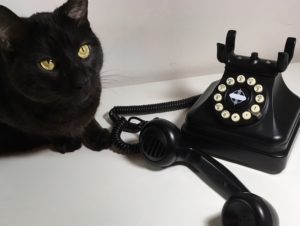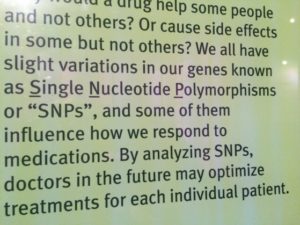Remember how much fun you had reading The Elements of Style? How about the times you yukked it up over the ambiguity examples in Warriner’s English Grammar and Composition? Here is a classic to jog your memory:
As soon as the students had left the classrooms, the custodians cleaned them.
That’s entertainment!
You can revisit those days of abandon in the quest for clear writing, even if no one seems to chuckle when they consult the AMA Manual of Style. Maybe this owes to its being a behemoth. If you wish to consult the manual with a smile instead of grim determination, the opportunities are there.
Every so often, a nonassociation style guide becomes a bestseller. Such a chartbuster assumes that usage matters, and that correct usage rules and examples entertain and inform. Authors have climbed the list with pragmatism (thanks, Susan Thurman), charm (hi, Mary Norris), innuendo (I’m talking to you, Lynne Truss), or light-heartedness (howdy, Bill Bryson).
Some even go dirty, quick and dirty, as in Mignon Fogarty’s amazing Grammar Girl. I understand this. A down and dirty read (a basic, practical review and not a backstreet editing assignation) is often called for when deadlines loom.
But pragmatic or dirty, these bestsellers put their readers in good hands. That they entertain and inform offers a springboard for a quick dive into the ways that the style manual, in addition to assuring you that you’re in good hands, can entertain as it informs. Here is a representative down and dirty look at a portion of the manual.
If you hand out Halloween candy, you have seen the proverbial “fun size,” a bite that only leaves you wanting more unless it is a Butterfinger. My idea of fun size would be a candy bar as big as my arm. However, any amount of candy is fun (except a Butterfinger), so in that spirit, small can be fun size. By my original standard, the 1010-page Manual of Style is already fun size, but chapter 11 offers the overlooked qualities of being thought-provoking and entertaining. (So do chapters 7-10, 12, and 13, but that is another post.)
The online manual can take you right to 11 without the papercuts, but the idea is to look at its alignment with the tone of popular usage books. From a certain vantage, this chapter could stand as a compact usage book alongside other usage books that sell well. A fun size AMA style guide!
The “Correct and Preferred Usage” chapter starts with 2 fun quotations, one with empathy for proofreaders and another that mentions a porcupine. The entries begin with word choice examples aplenty (similar to Bryson’s look at troublesome words), with italicized labels and directives that establish a hierarchy (Incorrect, Correct, Also Correct, Avoid, Preferred, Also, and the apotheosis of middle ground, Acceptable).
Sometimes a truth plainly spoken is in itself amusing, and that truth can orient you toward correcting descriptive language. The entry “abnormal, normal, negative, positive” indicates “Examinations and laboratory tests and studies are not in themselves abnormal, normal, negative, or positive.” If you have gone around allowing authors to describe tests as negative, it can be bracing to see such clear direction.
The entry for Jargon offers a similar plain-spokenness. “….[D]rugs are usually neither systemic nor local but are given for systemic or local effect.” Parallelism can sharpen a keen awareness of specificity.
Because redundant words are always funny according to natural law, section 11.2, with its eye-opening list of redundancies, expendable words, and incomparable phrases, can supply abundant levity. You will also encounter a well-known quotation from Yogi Berra.
The legal profession once advocated plain language (ha ha!). Everyone talks about jargon, but the AMA Manual of Style does something about it. Granted, you can violate the manual’s jargon directives and still be allowed to walk around freely, vote, and drive a car, but if you see what Morris Fishbein wrote on page 408, you will never want to use jargon again. Even by accident or in an emergency.
Chapter 11 contains scores of other usage grace notes. Shakespeare’s Polonius says, “brevity is the soul of wit,” and you can verify that by looking up “describe, report” for an example. Even one of the longer entries (“because of, caused by, due to, owing to”) ends with a lovely Clue to usage (a one-off category) that brings it all home in 3 lines.
One-off labels nod toward the gray areas of usage, which are usually skillfully handled in style guides. The manual may be a behemoth, and another one-off category, Possible exception, under “adherence, compliance,” may help explain why. This example shows its accommodation of nuance. Nuance can take space.
Across its chapters, the manual draws from literature (Alexander Pope, Samuel Johnson, Mark Twain, Toni Morrison) for contextual quotations. Medical editing embraces the humanities in its quest for clarity.
For a good time, read chapter 11 of the AMA Manual of Style. It shares some of the endearing qualities of the bestselling usage guides (except, I think, innuendo). Review the material when you aren’t searching for an answer. It’s not just for reference anymore.—Timothy Gray




